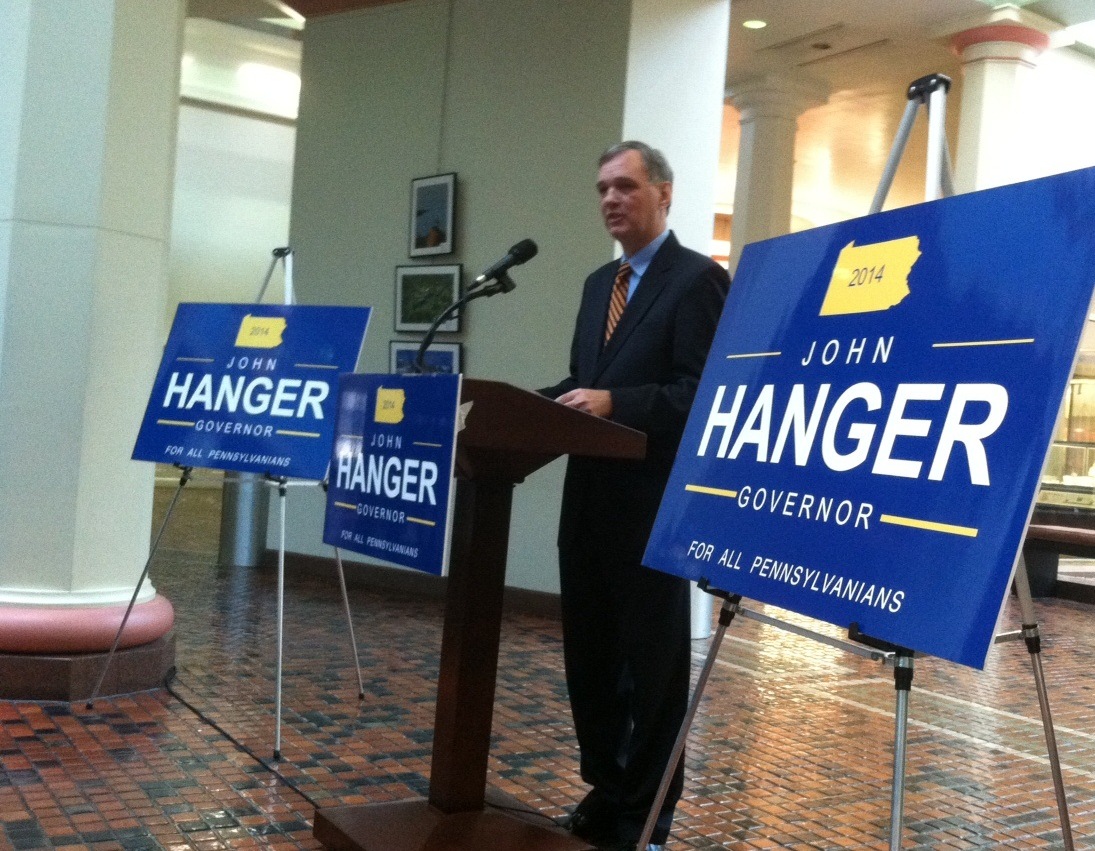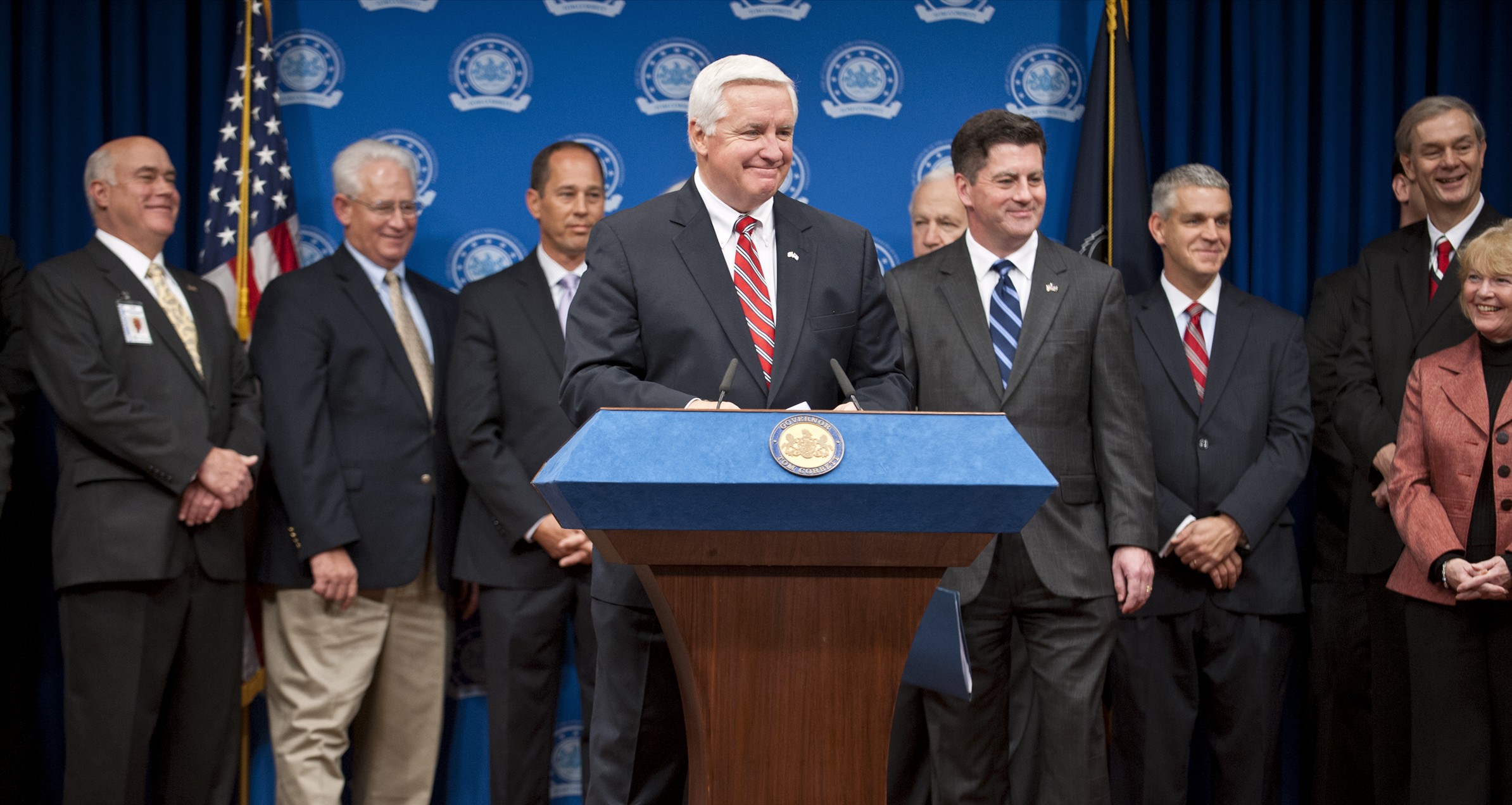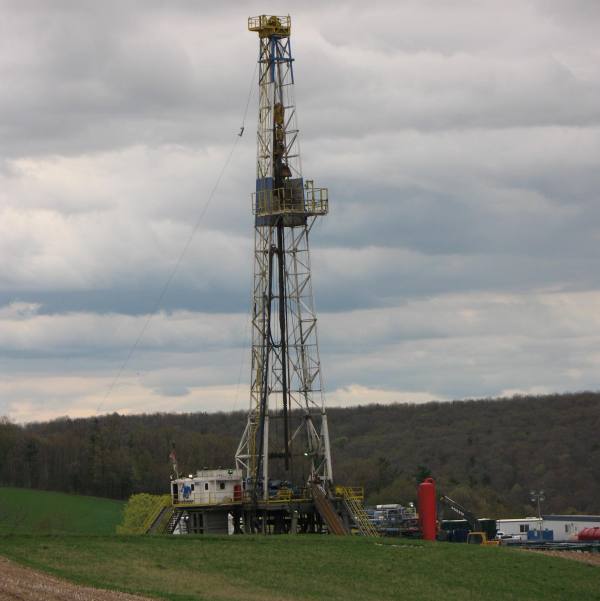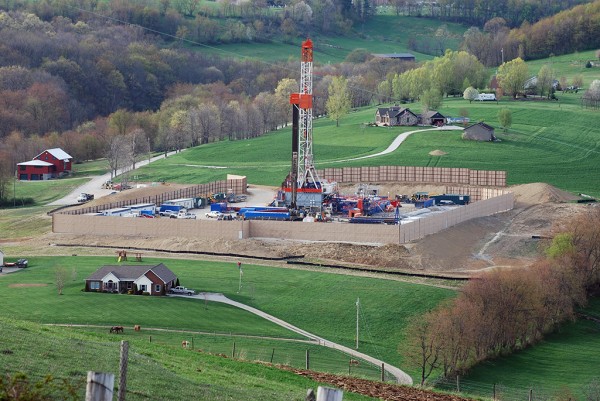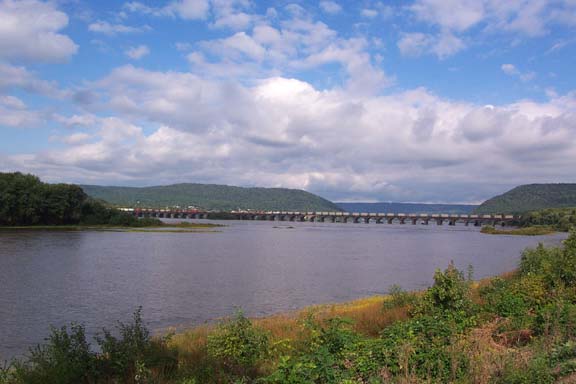First Democrat Enters Gov’s Race
The field of Democrats seeking to unseat Governor Tom Corbett may get crowded by 2014, but for today there’s only one. John Hanger, a former Department of Environmental Protection (DEP) Secretary under Governor Ed Rendell, is touring the state to kick off his gubernatorial bid.
Hanger wants to reverse education budget cuts and tax natural gas drillers. “In September and October, for the first time in years, Pennsylvania’s unemployment rate went above the national rate,” Hanger pointed out during a stop at the state capitol. “That’s an extraordinary thing because of the gas boom and the gas opportunity that we have here.”
The Republican Party of Pennsylvania has already fired back, issuing a statement that reads: “…The Corbett record of responsibility and success is a stark contrast from the broken, bloated and unsustainable state government that tax-and-spend politicians like Ed Rendell and John Hanger helped to create…”
October’s statewide unemployment rate stood at 8.1%. While it’s above the national rate, data from the Department of Labor & Industry also show that Pennsylvania has added 105,700 private sector jobs since Corbett took office.
A November Quinnipiac Poll finds that PA voters are somewhat divided on the job Governor Corbett is doing: 40% approve, 38% disapprove.


